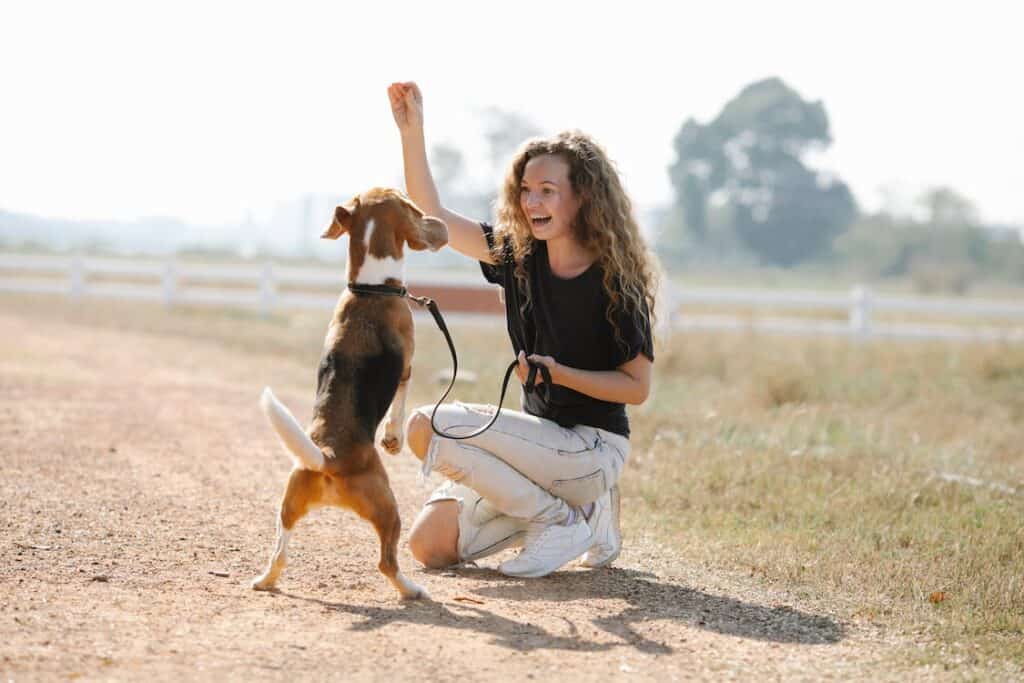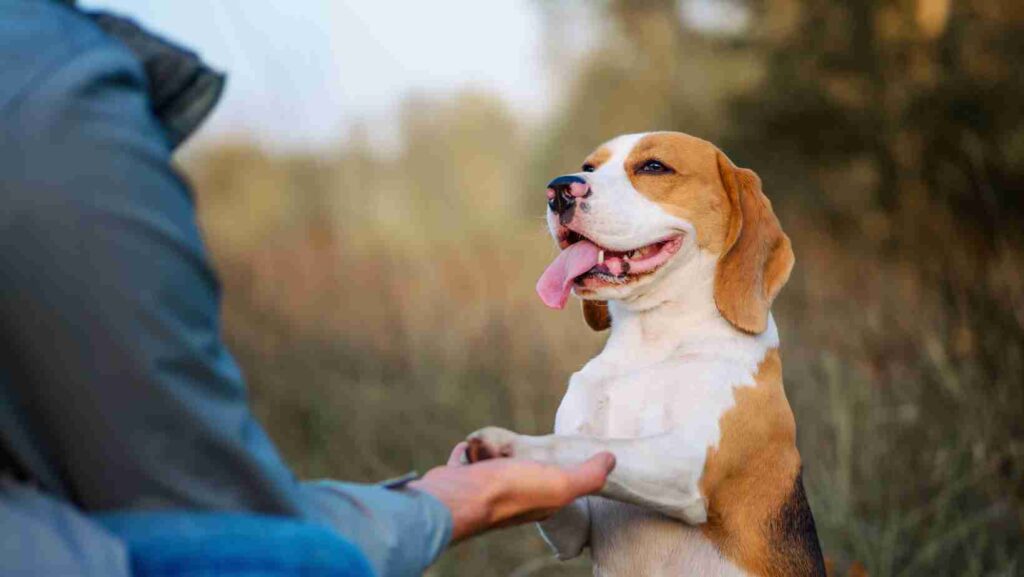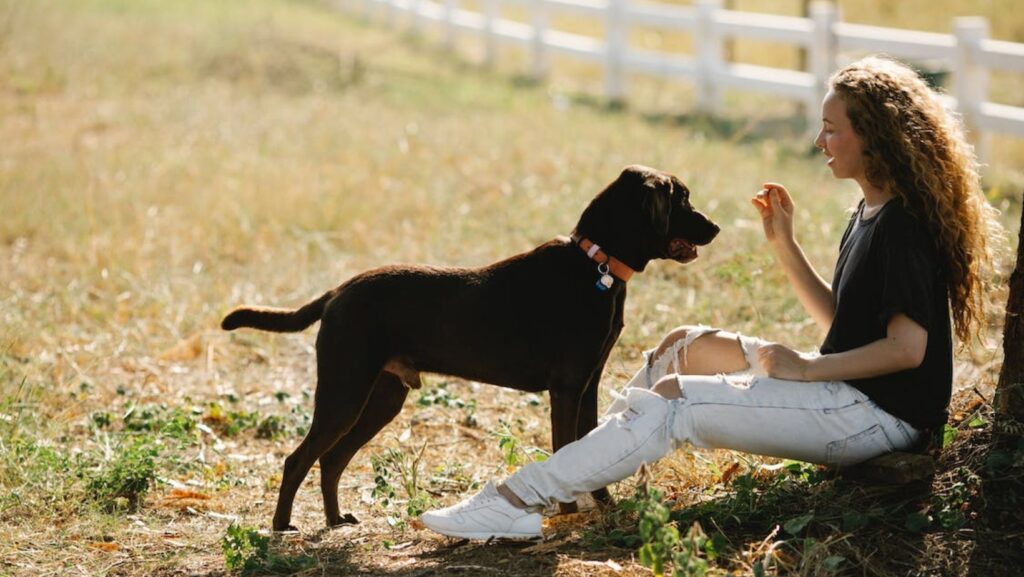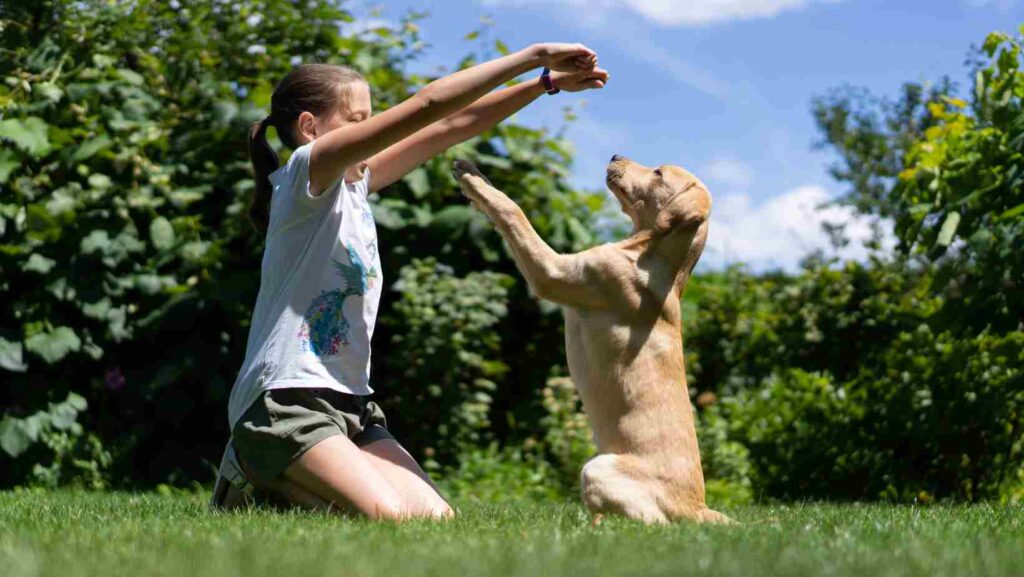If you’re a dog owner, you understand the importance of ensuring your furry companion’s safety and well-being. Dog protection training is a critical aspect of responsible pet ownership, as it not only enhances your dog’s skills but also contributes to the overall safety of your household. But when is the right time to start dog protection training? In this article, we’ll explore this topic in depth and provide you with valuable insights into the best age to initiate such training.
- Introduction
- Understanding Dog Protection Training
- Benefits of Early Training
- The Ideal Age to Start
- Building Trust and Socialization
- Tailoring Training to Breed
- Basic Commands as a Foundation
- Incorporating Simulated Scenarios
- Positive Reinforcement Techniques
- Recognizing Signs of Readiness
- Avoiding Overexertion
- Continuous Training and Progression
- The Role of Professional Trainers
- Safety Measures Throughout Training
- Conclusion
- FAQs
Introduction
Dog protection training is a specialized form of training that equips dogs with the skills to protect their owners and property. It involves teaching dogs how to respond to potential threats and how to distinguish between friend and foe. Initiating this training at the right age is crucial for the dog’s development and effectiveness in real-life situations.
Understanding Dog Protection Training
Dog protection training goes beyond basic obedience commands. It involves teaching your dog to react appropriately to various scenarios, such as strangers approaching or unfamiliar noises. This training can instill confidence in your dog and provide you with an added layer of security.
Benefits of Early Training
Starting protection training at a young age offers numerous advantages. Younger dogs tend to be more adaptable and have a higher capacity for learning. Introducing training early also sets a strong foundation for their mental and physical development.
The Ideal Age to Start
The ideal age to start dog protection training is usually between 6 to 12 months. At this stage, puppies have developed some level of maturity and are receptive to learning. However, it’s important to consider your dog’s individual temperament and breed characteristics when determining the right time to begin.
Building Trust and Socialization
Before diving into protection training, focus on building a strong bond of trust and socializing your dog with various environments, people, and other dogs. A well-socialized dog is more likely to handle protective scenarios without unnecessary aggression.
Tailoring Training to Breed
Different dog breeds have varying temperaments and instincts. Tailor the training techniques to match your dog’s breed characteristics. Some breeds may naturally be more protective, while others might require more encouragement.
Basic Commands as a Foundation
Before progressing to advanced protection training, ensure your dog is well-versed in basic commands like sit, stay, and come. These commands lay the groundwork for more complex instructions during protection training.
Incorporating Simulated Scenarios
Simulating potential threat scenarios is a crucial part of protection training. Gradually introduce scenarios involving strangers, sudden movements, or unfamiliar sounds. Reward your dog for appropriate responses.
Positive Reinforcement Techniques
Utilize positive reinforcement techniques during training. Reward desired behavior with treats, praise, or playtime. Positive reinforcement creates a positive association with the training process and encourages your dog’s active participation.
Recognizing Signs of Readiness
Pay close attention to your dog’s body language and behavior. Signs of readiness include increased alertness, raised ears, and a focused gaze. These cues indicate that your dog is engaging with the training and is prepared for more challenges.
Avoiding Overexertion
While it’s essential to challenge your dog during training, avoid overexertion. Protection training can be mentally and physically demanding, so strike a balance to prevent burnout or stress.
Continuous Training and Progression
Dog protection training is an ongoing process. As your dog becomes more adept, gradually increase the complexity of scenarios. Consistent training ensures that your dog’s skills remain sharp.
The Role of Professional Trainers
Enlisting the help of a professional trainer experienced in protection training can be invaluable. They possess the expertise to guide you and your dog through the training process safely and effectively.
Safety Measures Throughout Training
Prioritize safety throughout the training journey. Use appropriate protective gear during simulated scenarios, and ensure that your dog’s vaccinations are up-to-date. Safety should always be a top priority.
Conclusion
In conclusion, the optimal age to start dog protection training is between 6 to 12 months. By initiating training during this window of opportunity, you can mold your dog’s behavior and skills effectively. Remember that each dog is unique, so consider individual temperament and breed characteristics when designing a training plan.
FAQs
Can any dog breed undergo protection training? Yes, most dog breeds can undergo protection training. However, the training approach might vary based on the breed’s natural tendencies.
Is there an upper age limit for starting protection training? While it’s best to start training at a younger age, older dogs can also benefit from protection training. The training process might take longer, though.
How long does it take to see results from the training? Results vary based on the dog’s age, breed, and individual progress. It might take several months of consistent training to see significant results.
Can I train my dog for protection without professional help? While it’s possible to train your dog on your own, seeking guidance from a professional trainer is recommended, especially for more complex training aspects.
Are certain breeds more suitable for protection training? Some breeds have inherent protective instincts, making them more suitable for protection training. Breeds like German Shepherds and Rottweilers are often chosen for this purpose.








